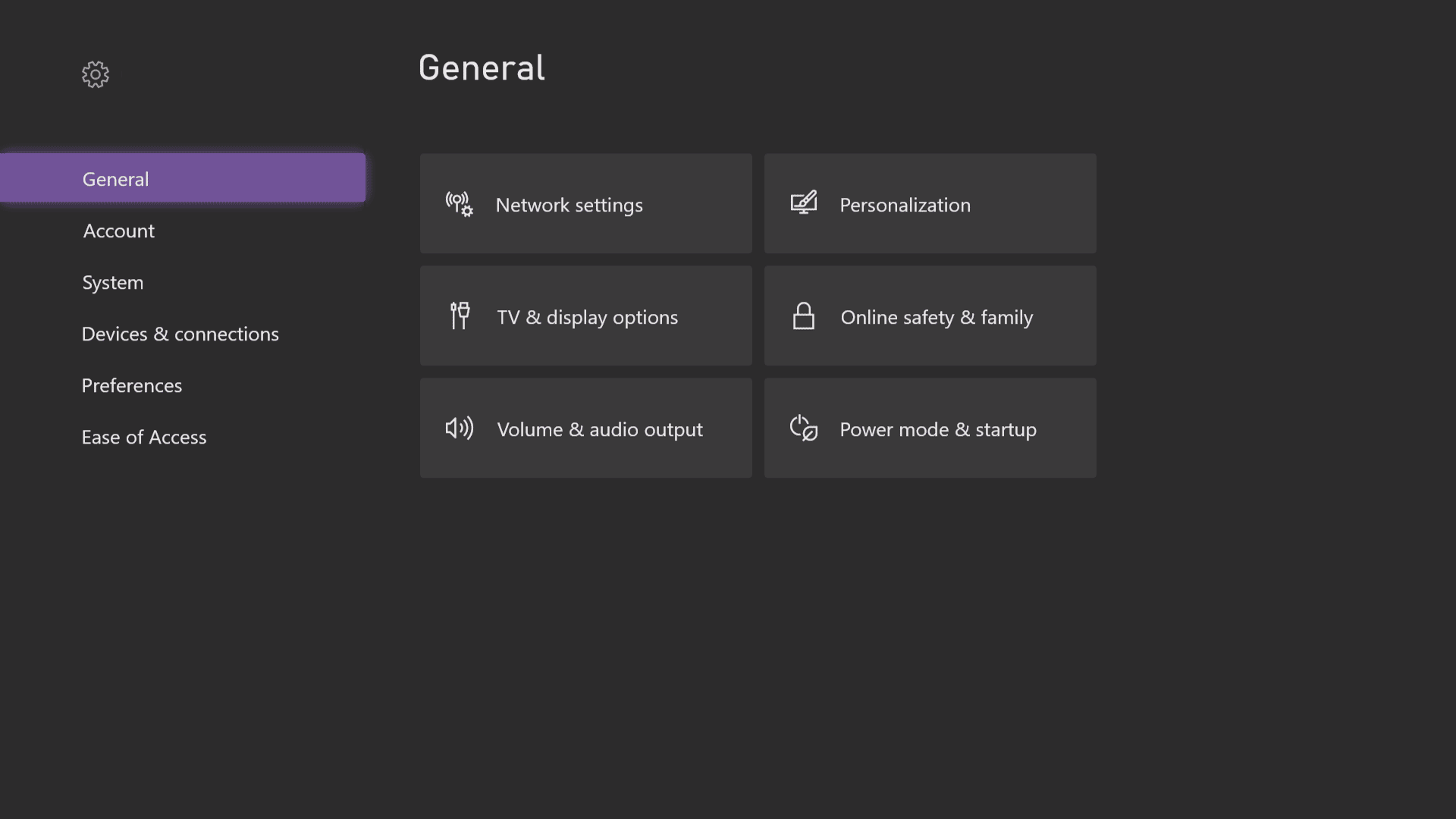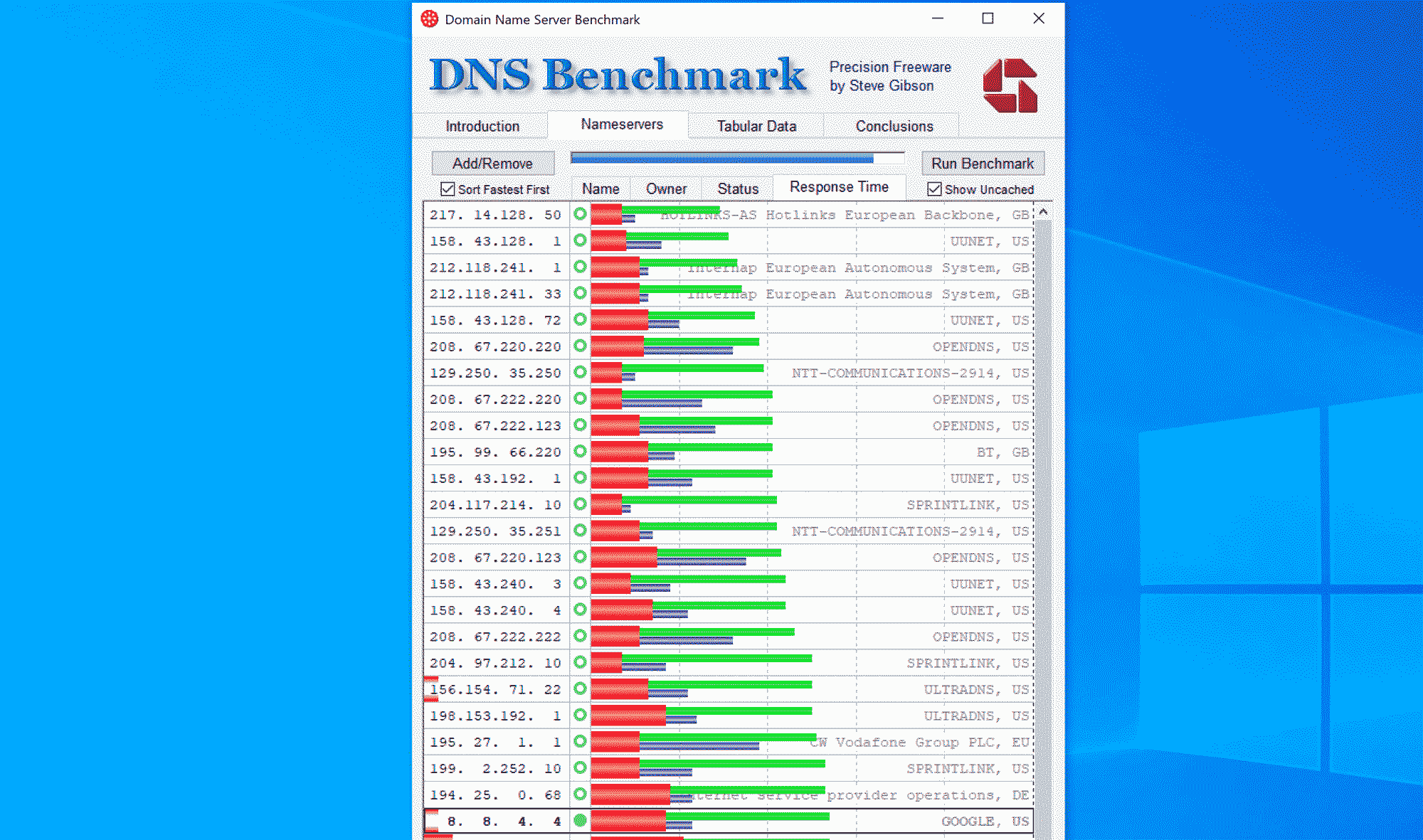 Setting the most reliable and fastest DNS servers in your Xbox is critical to achieving the best gaming experience. This article shows you how to change the DNS settings on your Xbox to the very best settings available. This guide includes the Xbox One, Xbox Series X and Xbox Series S. Changing DNS settings on an Xbox is really easy and can make a big difference. If the DNS servers you are currently using are a long distance away, these can introduce significant time delay/latency.
Setting the most reliable and fastest DNS servers in your Xbox is critical to achieving the best gaming experience. This article shows you how to change the DNS settings on your Xbox to the very best settings available. This guide includes the Xbox One, Xbox Series X and Xbox Series S. Changing DNS settings on an Xbox is really easy and can make a big difference. If the DNS servers you are currently using are a long distance away, these can introduce significant time delay/latency.
While many online guides just recommend a small number of so-called ‘Public DNS’ servers like Google (8.8.8.8 or 8.8.4.4) or Cloudflare (1.1.1.1), we show that there’s many more options to choose from and some of these may well be even better for your particular location. Using our guide, you can identify the perfect DNS settings for your Xbox and location. Finally, we show how you can extract the very best from your broadband connection to achieve the perfect Xbox experience.
How to enter DNS settings on your Xbox (the easy bit)

DNS server settings can be changed through the Network settings menus. Entering DNS settings on your Xbox is the easy bit of this process (as now described). Bear in mind that the more challenging steps (described later) is making sure that the DNS settings you use really are the best possible settings as you could inadvertently make things worse. Make sure you put effort into determining the best settings for your location (rather than using recommendations from others online).
While the instructions on how to change DNS settings are provided by Microsoft here:
UK Microsoft Xbox support page for Network Settings (applies to Xbox One, Xbox Series X and Xbox Series S)
USA Microsoft Xbox support page for Network Settings
we repeat these so that you have all the information in this one guide:
- Open the guide by pressing the Xbox button on your controller.
- Select Profile & system > Settings > General > Network settings.
- Select Advanced settings from the Network screen options.
- Select DNS settings.
- Select Manual.
- Enter the DNS settings.
How to find best DNS settings for your Xbox (the more challenging bit)
Depending on how much time you are willing to devote to this, and just how important it is to use the very best DNS settings, there are three approaches to selecting your Xbox DNS server settings. These are (in order of increasing effort):
- just pick two from our list of Public DNS servers shown in Table 1, below. DNS providers such as Google have gained a reputation for reliability and speed (although they may not be the very best settings for your particular location)
- measure the ping to a range of Public DNS servers and pick the two with the lowest pings (i.e. which should indicate that they are close to you)
- use software called DNS Benchmark, to comprehensively measure and test a broad range of Public DNS servers to definitely identify the very best for your location.
These methods are now described in more detail.
Approach 1: Just pick two from our list of Public DNS servers
Just pick two from Table 1, below, and enter them into your Xbox. While many online guides just generally discuss one or two Public DNS services, such as Google (8.8.8.8 and 8.8.4.4) and Cloudflare (1.1.1.1 and 1.0.0.1), there are many more options available to you. If you have problems with your initial choice, try others to see if they improve matters.
| Provider | DNS Servers |
|---|---|
| 8.8.4.4 8.8.8.8 |
|
| Cloudflare | 1.1.1.1 1.0.0.1 |
| OpenDNS | 208.67.222.222 208.67.220.222 |
| Quad9 | 9.9.9.9 149.112.112.112 |
| Level3 | 4.2.2.1 4.2.2.2 4.2.2.3 4.2.2.4 4.2.2.5 4.2.2.6 |
| Sprintlink | 204.117.214.10 199.2.252.10 |
| NTT | 129.250.35.250 129.250.35.251 |
| Comodo Secure | 8.26.56.26 8.20.247.20 |
| Verisign | 64.6.64.6 64.6.65.6 |
Table 1: Public DNS Servers for Xbox
Approach 2: Measure ping to find the DNS servers with the lowest ping
Just choosing two out of our list doesn’t guarantee that your chosen DNS servers are geographically close to you (which is really important). We recommend choosing a DNS server that is close to you as this should minimise the time delay waiting for your DNS request to arrive at the DNS server and minimise the delay waiting for the response sent by the DNS server to arrive back at your Xbox console.
So, rather than randomly picking two DNS servers from Table 1, above, we recommend that you measure the ping (e.g. using a desktop or mobile phone application) for all (or some) of the Public DNS servers listed. Table 2, below, shows the results we got, but bear in mind that results will be different for you in your own location.
| IP address of DNS server | Average ping (ms) | Minimum ping (ms) | Maximum ping (ms) |
|---|---|---|---|
| 4.2.2.2 | 6.8 | 7.2 | 7.5 |
| 129.250.35.250 | 7.0 | 6.6 | 7.6 |
| 4.2.2.1 | 7.2 | 6.8 | 8.2 |
| 4.2.2.5 | 7.2 | 6.8 | 7.8 |
| 4.2.2.6 | 7.2 | 6.8 | 7.4 |
| 9.9.9.9 | 7.2 | 6.9 | 7.8 |
| 4.2.2.3 | 7.2 | 7.0 | 7.5 |
| 4.2.2.4 | 7.2 | 7.0 | 8.4 |
| 204.117.214.10 | 7.4 | 7.0 | 7.8 |
| 129.250.35.251 | 7.8 | 7.4 | 8.4 |
| 199.2.252.10 | 8.0 | 7.6 | 9.0 |
| 8.26.56.26 | 8.6 | 8.2 | 9.5 |
| 149.112.112.112 | 11.1 | 10.8 | 11.4 |
| 8.8.4.4 | 11.6 | 11.4 | 12.0 |
| 8.8.8.8 | 11.6 | 11.4 | 12.4 |
| 208.67.222.222 | 11.7 | 11.4 | 12.0 |
| 208.67.220.222 | 11.7 | 11.4 | 12.7 |
| 8.20.247.20 | 12.4 | 12.1 | 12.8 |
| 64.6.65.6 | 12.9 | 11.9 | 17.6 |
| 1.1.1.1 | 14.9 | 14.5 | 15.4 |
| 1.0.0.1 | 15.4 | 15.0 | 16.2 |
| 64.6.64.6 | 17.3 | 15.8 | 22.2 |
Table 2: Ping measurements for DNS servers
We found a large difference (over 10 ms) between the best and worst ping times. Interestingly, Google and Cloudflare had some of the worst ping times for our location. It is vital that you do your own ping measurements as there is no one best solution that works everywhere.
Approach 3: Run the DNS Benchmark program (Windows users)
While measurement of ping values can be useful to determine DNS servers that minimise transmission delays, they do not really tell you the full story, for example, the nature of any processing delays that take place when the server performs a DNS look-up or the reliability of the server. This is why we recommend that Windows users download a very useful (and free) utility called DNS Benchmark, which can be downloaded here:
DNS Benchmark from the Gibson Research Corporation website
GRC’s DNS Benchmark performs a detailed analysis and comparison of the operational performance and reliability of up to 200 DNS servers. By performing DNS look-ups, the program calculates the total delays to your location.
We totally agree with GRC’s comments about the program when it states:
“You might see someone talking about how fast some specific DNS nameservers are for them, but unless you share their location, there’s absolutely no guarantee that the same nameservers would perform as well for you. ONLY by benchmarking DNS resolvers from your own location, as DNS Benchmark does, can you compare nameserver performance where it matters…right where your Xbox is.”

Other ways to improve your broadband to make your Xbox gaming experience perfect
Latency (delay) is the enemy of the Xbox gamer. Increased latency and dreaded latency ping spikes can completely ruin gameplay. Minimising latency will give you a competitive gaming advantage and there are easy things you can do.
Use Ethernet and not Wi-Fi for your Xbox
Firstly, we strongly recommend that you use an Ethernet cable connection between your Xbox and your broadband router. Yes, we know Wi-Fi is really convenient, and that installing Ethernet cables may seem a complete pain. However, it really is worth it and, once installed, you will get the benefits every single time you use your Xbox. You can purchase thin, flat Ethernet cable that is really easy to hide (for example, under carpet).
Even the very best Wi-Fi connections can typically add 3 – 7 ms (milliseconds) to the average latency of a broadband connection, whereas an Ethernet cable connection typically adds less than 0.5 ms. However, the big problem with using Wi-Fi to an Xbox is that Wi-Fi tends to add sporadic latency ‘spikes’ of 50-100ms or more, which are simply absent with an Ethernet cable. We have found no way to get rid of Wi-Fi spikes, and they occur even using the very best Wi-Fi routers and Access Points.
If you absolutely insist on using Wi-Fi, please ensure that it is optimally set-up. Read our Wi-Fi Optimisation Guide to get the very best performance possible. High signal strengths are vital so we recommend placing a Wi-Fi Access Point very close to your Xbox. Also, make sure you are using the 5 GHz band rather than 2.4 GHz and that you’ve chosen the best channel with the least interference.
Mitigate bufferbloat so Netflix doesn’t ruin your gaming experience
Have you have noticed that your Xbox gaming experience is degraded when someone else in your home is using the broadband connection? This may be particularly noticeable if someone is watching streamed TV services such as Netflix. If so, then you are suffering from bufferbloat, which is an increasingly common problem that is being made worse by the increased use of services like Netflix, Amazon Prime and Disney Plus.
Bufferbloat is when the buffers of your equipment (router) get filled up with the packets from Netflix and other such services so that your time-sensitive Xbox gaming packets cannot get through quickly and reliably. If you think Wi-Fi latency (described previously) is an issue, then bufferbloat can be in a different league, and can typically create latency spikes of 200 ms or more. Our How to Fix Bufferbloat guide shows that bufferboat can be easily fixed using an affordable router incorporating Smart Queue Management. Beware that many expensive so-called ‘gaming routers’ do not actually incorporate Smart Queue Management and will not properly fix bufferbloat (however much they cost).
Even more things you can do
If you use the optimum DNS settings for your locations, connect your Xbox using Ethernet cable and use a router with Smart Queue Management, it is highly likely that you will have an incredible gaming experience. If not, please visit our Increase Broadband Speed Guide for even more tips.
For a full guide and explanation about DNS and what it is, view our guide How to Speed DNS Look-ups.
Other pages you may be interested in:
Blog | How to Fix Bufferbloat | How to Set Up and Improve Wi-Fi | 10 Gigabit Ethernet Guide | Guide to Setting the Best and Fastest DNS Servers for PS4/PS5
